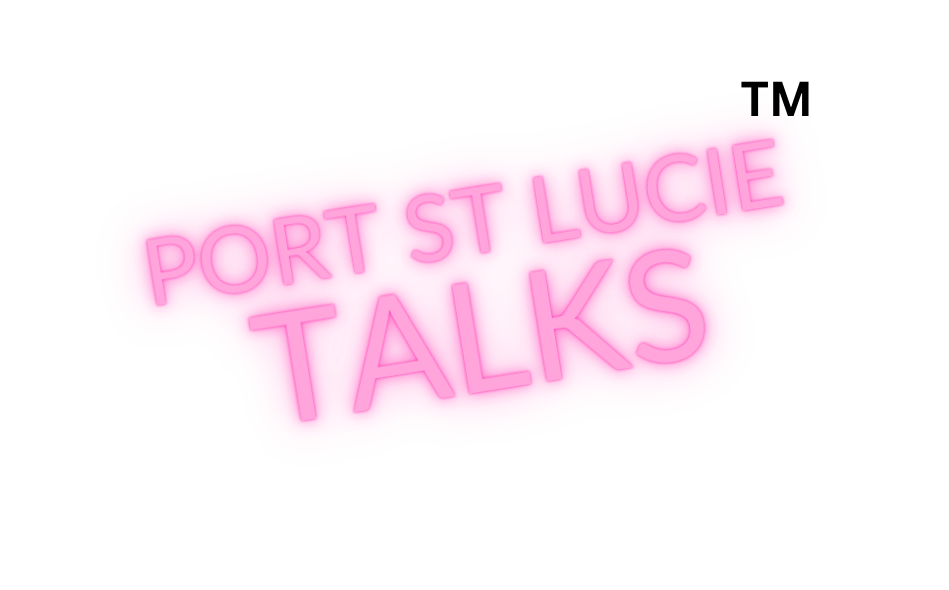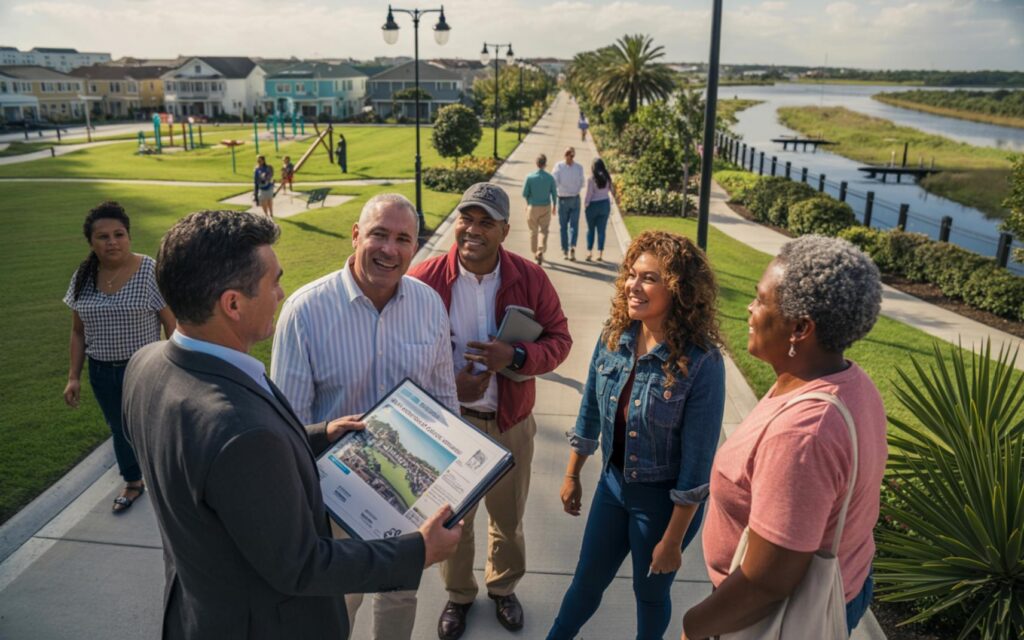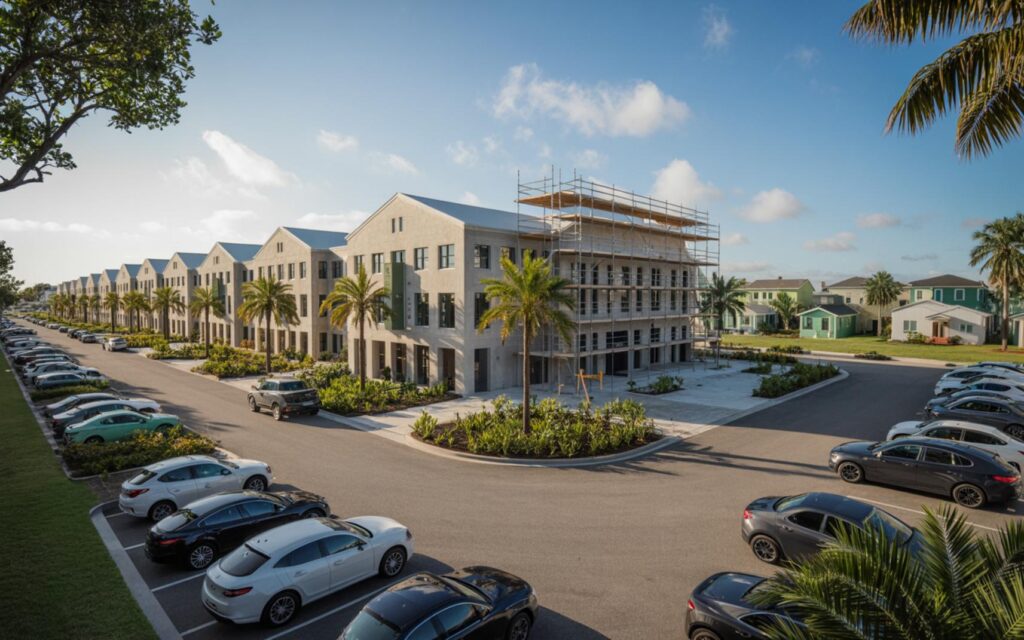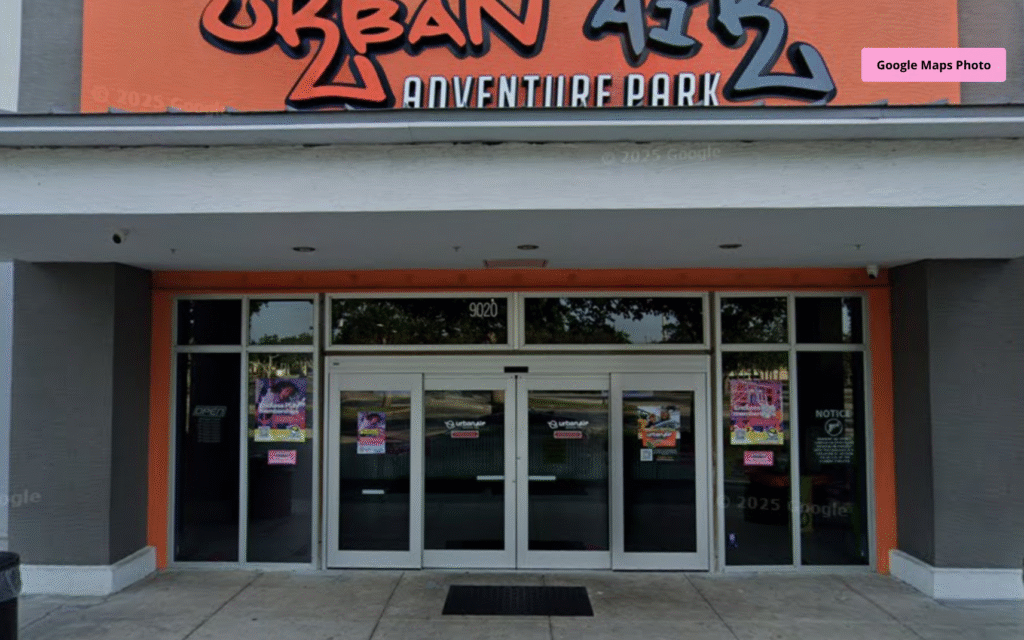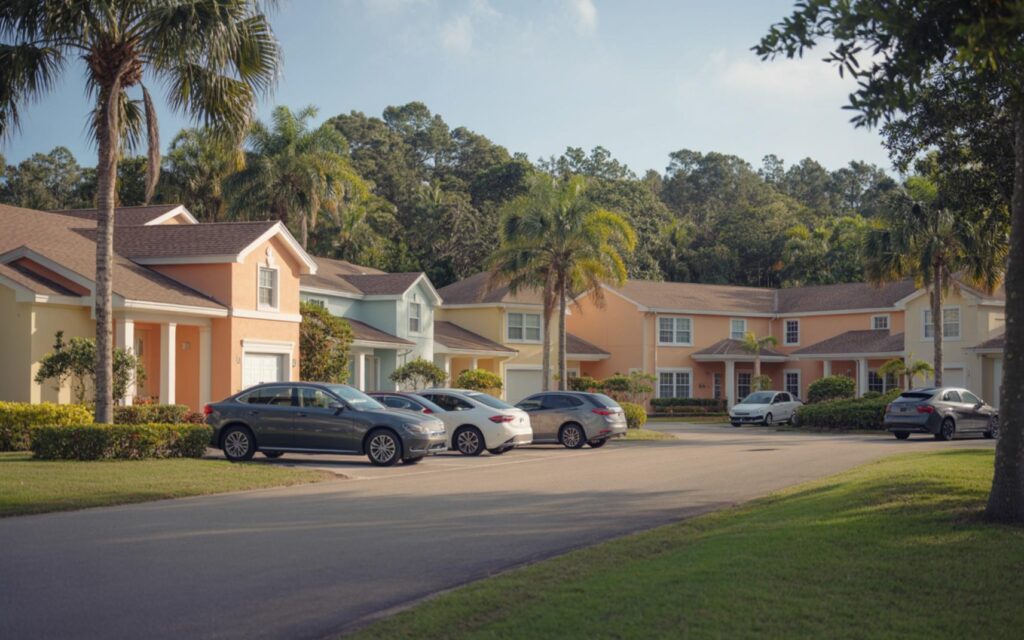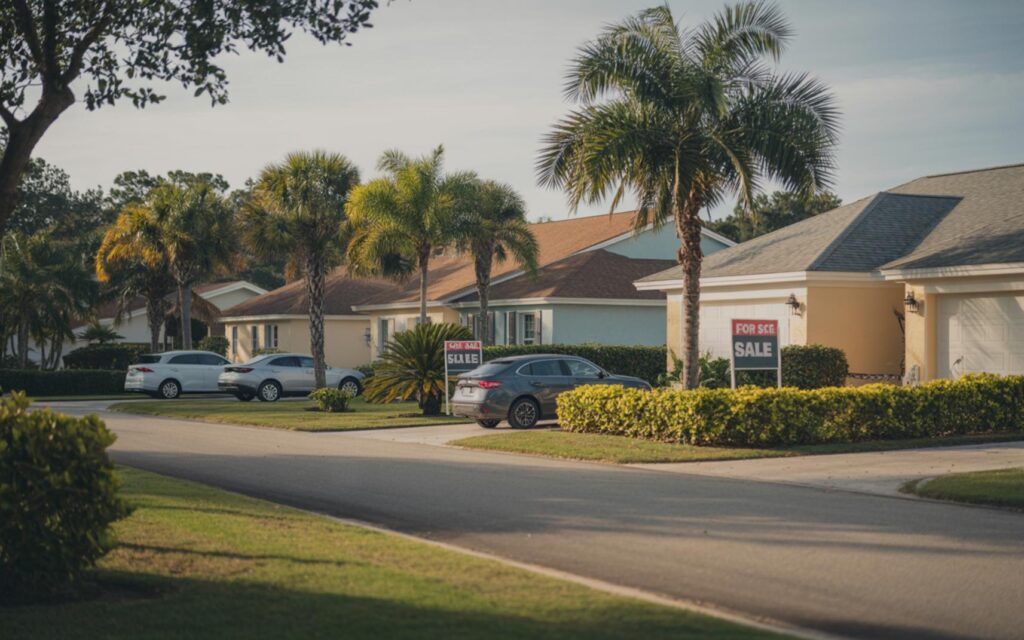Port St. Lucie population growth is transforming the city in 2025, making it one of the fastest-growing communities in Florida and the sixth largest in the state. With an estimated population of approximately 271,500, the city continues to experience rapid demographic and economic changes.
Port St. Lucie Population Growth Trends in 2025
According to city data, Port St. Lucie has seen its population increase by more than 30% since 2020. This sustained annual growth rate of about 5% places the city among the top expanding areas in Florida.
The broader St. Lucie County is also experiencing significant growth. Projections show the county will surpass 400,000 residents in 2025, marking a nearly 46% increase since 2010.
Demographic Profile of Port St. Lucie Residents
The city’s population is diverse, reflecting both longstanding residents and newcomers. Data indicates the following demographic breakdown for 2025:
- 60% White
- 19% Black or African American
- 13% Two or more races
- 5% Other races
- Smaller percentages of Asian, Native American, and Pacific Islander residents
The median age in Port St. Lucie is about 44 years. This figure highlights a mix of working-age adults, families, and retirees living throughout the city.
Economic Indicators and Income Levels
Economic data for 2025 shows that Port St. Lucie maintains a median household income of approximately $78,000. The average household income is near $97,000, and the local poverty rate remains below 9%.
These economic indicators reflect the city’s appeal to a wide range of residents, including young professionals, families, and retirees seeking affordability and opportunity.
Population Concentration by Zip Code
Growth in Port St. Lucie is not uniform across all areas. Several zip codes are experiencing the most significant increases in population. City officials project that the most populous zip codes will exceed 85,000 residents in 2025.
This concentration of growth is shaping local planning efforts and resource allocation for housing, transportation, and public services.
Infrastructure and City Planning in Response to Growth
City planning and infrastructure are being reshaped to accommodate Port St. Lucie’s population surge. Officials report significant investments in new housing developments, transportation upgrades, and expanded public services to meet rising demand.
According to city planners, new residential and commercial projects are underway throughout the city. These initiatives aim to provide options for both new and existing residents while supporting sustainable growth.
Housing and Residential Development
Port St. Lucie is seeing a wave of new housing construction. Developers are building single-family homes, apartment complexes, and mixed-use communities to address the city’s expanding population.
City leaders are focused on balancing housing affordability with the need for quality development and community cohesion.
Transportation and Public Services
Transportation infrastructure is a central focus for city planners. Investments include road expansions, traffic management improvements, and enhanced public transit options.
Public services such as schools, healthcare facilities, and emergency response are also being expanded to keep pace with the growing population.
Community Amenities and Quality of Life
Efforts to enhance quality of life are visible in the expansion of parks, recreational amenities, and cultural events. The city is investing in green spaces and community centers to serve both new arrivals and long-term residents.
Officials highlight the importance of maintaining a family-friendly environment and supporting active lifestyles for all age groups.
Challenges Associated With Rapid Growth
Port St. Lucie’s rapid expansion brings challenges as well as opportunities. Increased traffic congestion, pressure on local schools and healthcare systems, and the need for ongoing infrastructure upgrades are among the key issues city leaders are addressing.
Officials emphasize the importance of proactive planning and resource management to ensure that growth remains sustainable and benefits the entire community.
Regional Context: Port St. Lucie in Florida’s Growth Trend
The city’s growth is part of a broader trend across Florida’s coastal and suburban regions. The Port St. Lucie metro area is outpacing national averages in population increase, reflecting the state’s overall appeal for new residents.
Regional planners are monitoring these trends to coordinate economic development, transportation, and housing strategies across the Treasure Coast.
City Strategies for Managing Population Growth
Local government and city planners are implementing strategies to balance economic opportunity, housing affordability, and community cohesion. These efforts are designed to support continued growth while preserving the quality of life for all residents.
City officials report ongoing engagement with residents and stakeholders to guide future development and infrastructure investments.
Frequently Asked Questions About Port St. Lucie Population Growth
What is the current population of Port St. Lucie in 2025?
Port St. Lucie’s estimated population in 2025 is about 271,500, making it the sixth largest city in Florida.
How much has Port St. Lucie grown since 2020?
The city’s population has increased by more than 30% since 2020, with a sustained annual growth rate of around 5%.
Are there specific areas in Port St. Lucie with the most growth?
Several zip codes in Port St. Lucie are experiencing the highest population increases, with some projected to exceed 85,000 residents in 2025.
Can you describe the demographic makeup of Port St. Lucie?
The city is about 60% White, 19% Black or African American, 13% two or more races, and 5% other races, with smaller percentages of Asian, Native American, and Pacific Islander residents.
Where are new developments happening in Port St. Lucie?
New residential and commercial developments are underway throughout the city, especially in areas with rapid population growth, as city planners work to meet rising demand.
